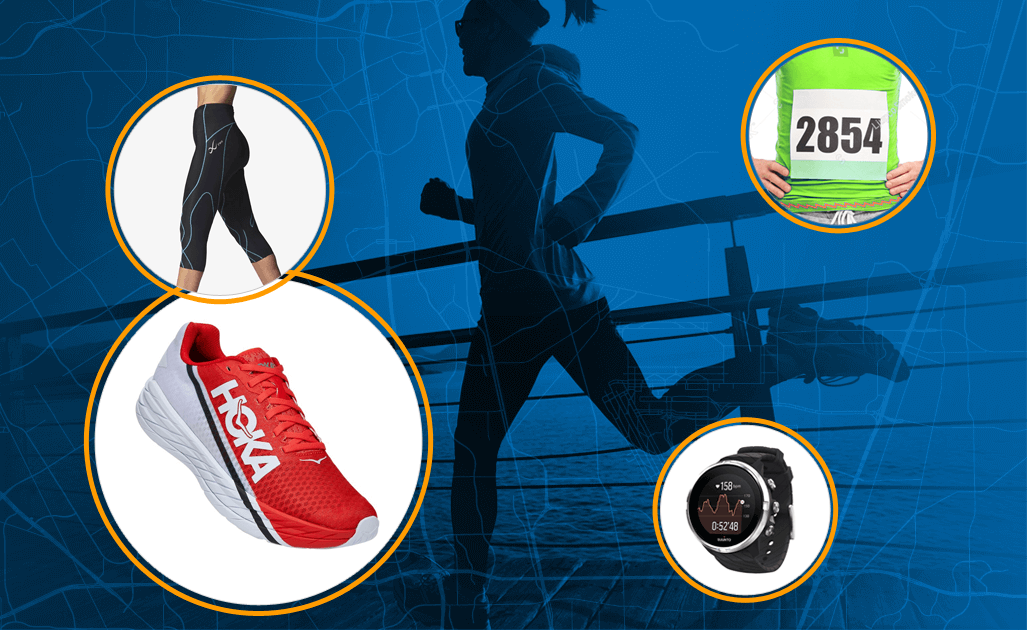Choosing the right trail running shoe can be a tough decision--especially when you're comparing two popular models from the same brand.
In this case, we're looking at HOKA One One's Speedgoat and Challenger. Both are top choices among trail runners, but how do they stack up against each other?
This article aims to provide an in-depth comparison of the HOKA Speedgoat vs Challenger. We'll delve into their features, performance, and suitability for different types of runners and terrain.
Whether you're a seasoned trail runner or just starting out, this guide will help you make an informed decision.
HOKA One One is a renowned brand in the running shoe industry. Known for their innovative approach, they've made a name for themselves with their highly cushioned shoes.
Their unique designs cater to a wide range of runners, from casual joggers to ultramarathon athletes. With a focus on comfort and performance, HOKA One One continues to push the boundaries of what's possible in running shoe technology.
Read more about the brand and the Best HOKA Running Shoes of 2024.
The HOKA Speedgoat is a trail running shoe that's built for tough terrains. Named after Karl Meltzer, a record-breaking ultrarunner known as "Speedgoat Karl", this shoe is designed to tackle any trail. In fact, the Speedgoat 5 even made our Best Trail Running Shoe list for 2023!
The Speedgoat is known for its superior cushioning and aggressive grip. It's built with a Vibram Megagrip outsole that provides excellent traction on both wet and dry surfaces. The shoe's midsole offers a comfortable and responsive ride, making it a favorite among long-distance runners. With only 4mm of heel-to-toe drop, the Speedgoat can facilitate more mid/forefoot strike.
The upper of the Speedgoat is designed for durability and breathability. It's made with a mesh material that allows for good airflow, keeping your feet cool during your runs. The shoe also features a wide toe box, providing ample space for your toes to splay naturally.
The HOKA Challenger is another popular trail running shoe from HOKA One One. It's designed to provide a smooth and cushioned ride on both trails and roads, making it a versatile choice for runners.
The Challenger features an oversized EVA midsole that offers plush cushioning and good shock absorption. This makes it a great option for runners who prioritize comfort and protection on their runs. The shoe's outsole is designed with a versatile lug pattern that provides reliable traction on various surfaces. For those who pay attention to shoe drop (AKA heel-to-toe drop), the Challenger has a 5mm drop--slightly higher than the Speedgoat.
The upper of the Challenger is made with a dual-layer mesh material that offers durability and breathability. It also features a padded tongue and collar for added comfort. Similar to the Speedgoat, the Challenger's toe box is roomy, allowing for natural toe splay.
When it comes to cushioning, both the HOKA Speedgoat and the Challenger excel. They are designed with HOKA One One's signature oversized midsoles, providing a plush and comfortable ride.
The Speedgoat features a full-length EVA midsole. This material is known for its excellent cushioning properties and shock absorption. It's designed to provide a soft and responsive ride, making it a great choice for long-distance runs and rough terrain.
On the other hand, the Challenger also uses an EVA midsole, but it's slightly less cushioned compared to the Speedgoat. This results in a firmer and more responsive ride, which some runners might prefer, especially on smoother trails or roads.
To sum it up...
If you're looking for maximum cushioning and comfort, the Speedgoat might be the better choice. However, if you prefer a firmer and more responsive ride, the Challenger could be a better fit.
The outsole of a trail running shoe plays a crucial role in providing grip and traction. Both the HOKA Speedgoat and the Challenger are designed with this in mind.
The Speedgoat features a Vibram Megagrip outsole with 5mm lugs. This design offers excellent traction on a variety of surfaces, from rocky terrains to muddy trails. The lugs are multidirectional, providing grip both uphill and downhill.
The Challenger, on the other hand, uses a rubber outsole with 4mm lugs. While it also provides good traction, it might not be as aggressive as the Speedgoat's outsole. This makes the Challenger more suitable for smoother trails or mixed terrains.
Outsoles in a nutshell:
If you're running on rough and technical terrain, the Speedgoat with its aggressive outsole might be the better choice. However, for smoother trails or mixed terrain (road/trail/crushed gravel), the Challenger could be a more suitable option.
When it comes to trail running, the weight of your shoes can significantly impact your efficiency, and therefore, performance. Lighter shoes can help reduce fatigue and increase speed--every little bit counts!
The HOKA Speedgoat is slightly heavier than the Challenger. The men's version of the Speedgoat weighs approximately 10.8 ounces, while the women's version weighs around 9.1 ounces.
The Challenger is a bit lighter. The men's version weighs about 9.8 ounces, and the women's version weighs approximately 8.2 ounces.
While the difference in weight might not seem significant, it can make a difference in your running experience, especially over long distances. If you prefer a lighter shoe, the Challenger might be the better option. However, the additional weight of the Speedgoat is due to its robust construction, which can offer better durability and protection on rough terrain.
A trail running shoe that fits well can enhance your running experience, while a poorly fitting shoe can lead to discomfort and even injuries.
The HOKA Speedgoat is known for its snug fit, especially in the midfoot area. It offers a spacious toe box, allowing your toes to splay naturally during your run.
On the other hand, the HOKA Challenger offers a more relaxed fit throughout. It's designed with a wider forefoot area, providing extra room for runners with wider feet.
Both shoes come in a range of sizes, and they generally run true to size. However, it's always a good idea to try on the shoes or check the brand's sizing guide before making a purchase.
The upper material of a running shoe plays a significant role in its durability and breathability. It can also affect the shoe's overall comfort and fit.
The HOKA Speedgoat features an engineered mesh upper. This material is lightweight and breathable, allowing for excellent air circulation to keep your feet cool during your run. The upper is also reinforced with 3D printed overlays for added durability and support.
In contrast, the HOKA Challenger uses a dual-layer mesh upper. This design provides a balance between durability and breathability. The upper is also designed to dry quickly, making the Challenger a good option for wet trail conditions.
Here's a quick comparison of the upper materials:
Both shoes offer a good balance of durability and breathability. However, the choice between the two will depend on your personal preferences and the conditions you'll be running in.
The midsole of a running shoe is crucial for providing stability and enhancing performance. It's where most of the shoe's cushioning and support are located.
The HOKA Speedgoat uses a full-length EVA midsole. This material is known for its excellent cushioning properties, providing a soft and responsive ride. The midsole also features HOKA's Meta-Rocker geometry, which promotes a smooth and efficient running gait.
On the other hand, the HOKA Challenger also uses an EVA midsole, but it's complemented by an Early Stage Meta-Rocker. This design provides a smoother transition from heel to toe, enhancing the shoe's overall performance on the trails.
Here's a quick comparison of the midsole constructions:
Both shoes offer excellent cushioning and support, thanks to their EVA midsoles. However, the type of Meta-Rocker used in each shoe can affect the running experience, so consider your running style when choosing between the two.
When it comes to investing in a pair of trail running shoes, price and value are key considerations. The HOKA Speedgoat and Challenger, while both high-quality options, come at different price points.
The HOKA Speedgoat is generally priced higher than the Challenger. The Speedgoat retails for $124-$155 depending on which year's model you purchase. This is due to its advanced features and technologies, such as the Vibram MegaGrip outsole and the more aggressive lug pattern. These features make the Speedgoat a top choice for technical and challenging terrain.
The HOKA Challenger, on the other hand, is more affordable ($145). It offers great value for its price, with a versatile design that performs well on a variety of trail conditions. It's a great option for those looking for a balance between cost and performance.
In the end, the best investment depends on your specific needs and budget. Both shoes offer excellent performance, but the Speedgoat might be worth the extra cost for those who frequently run on technical trails.
The HOKA Speedgoat and Challenger are both designed for trail running, but they excel on different types of terrain.
The Speedgoat, with its aggressive lug pattern and Vibram MegaGrip outsole, is built for technical trails. It provides excellent traction on rocky, muddy, and steep terrains, making it a favorite among trail runners who tackle challenging routes.
In terms of versatility, the Challenger might have an edge. However, if your runs often involve technical trails, the Speedgoat could be the better choice.
Both the HOKA Speedgoat and Challenger have received positive feedback from users and experts alike.
The Speedgoat is often praised for its superior grip and cushioning. Users appreciate its performance on technical trails and its ability to provide comfort during long runs. However, some users have noted that it feels a bit heavy and lacks breathability.
The Challenger, on the other hand, is lauded for its versatility and comfort. It's a favorite among runners who switch between road and trail running. Some users have mentioned that it offers a more natural ride compared to the Speedgoat. However, it might not provide enough grip on very technical terrains.
In the end, the choice between the Speedgoat and Challenger depends on your running style and the type of terrains you usually tackle.
Choosing between the HOKA Speedgoat and Challenger ultimately comes down to your personal running needs and preferences.
If you're a trail runner who often tackles technical terrain and values superior grip and cushioning, the Speedgoat might be the better choice for you. It's built to withstand tough trails and provide comfort during long runs.
On the other hand, if you're a runner who switches between road and trail running and values versatility and a more natural ride, the Challenger could be your perfect match. It's designed to handle a variety of surfaces and offers a comfortable ride.
Remember, the best shoe is the one that fits you well, suits your running style, and makes your runs enjoyable. Always try on different models and sizes before making a decision.
Related: 8 Tips for Choosing the Right Trail Shoe
Happy running!

Login to your account to leave a comment.

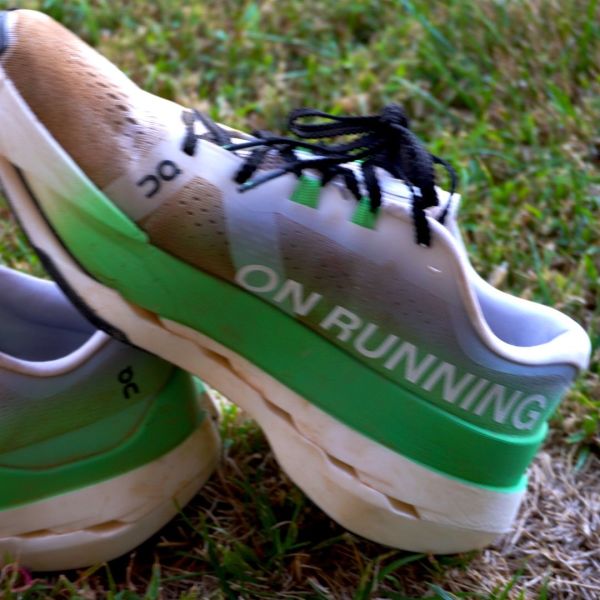
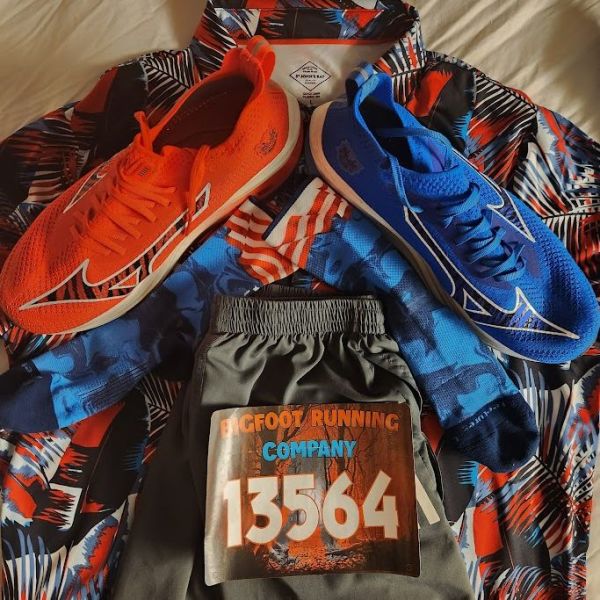
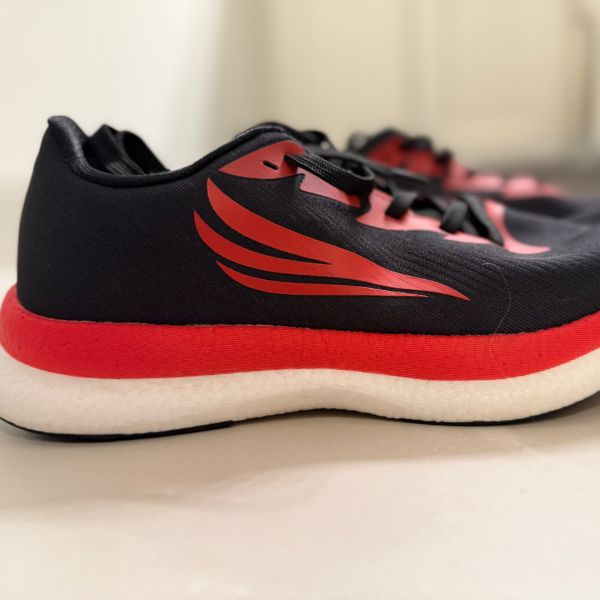
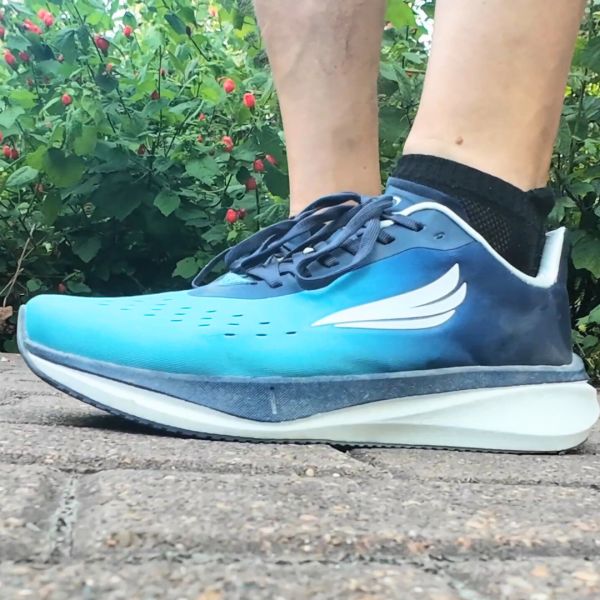
We Want to Give it to You!
